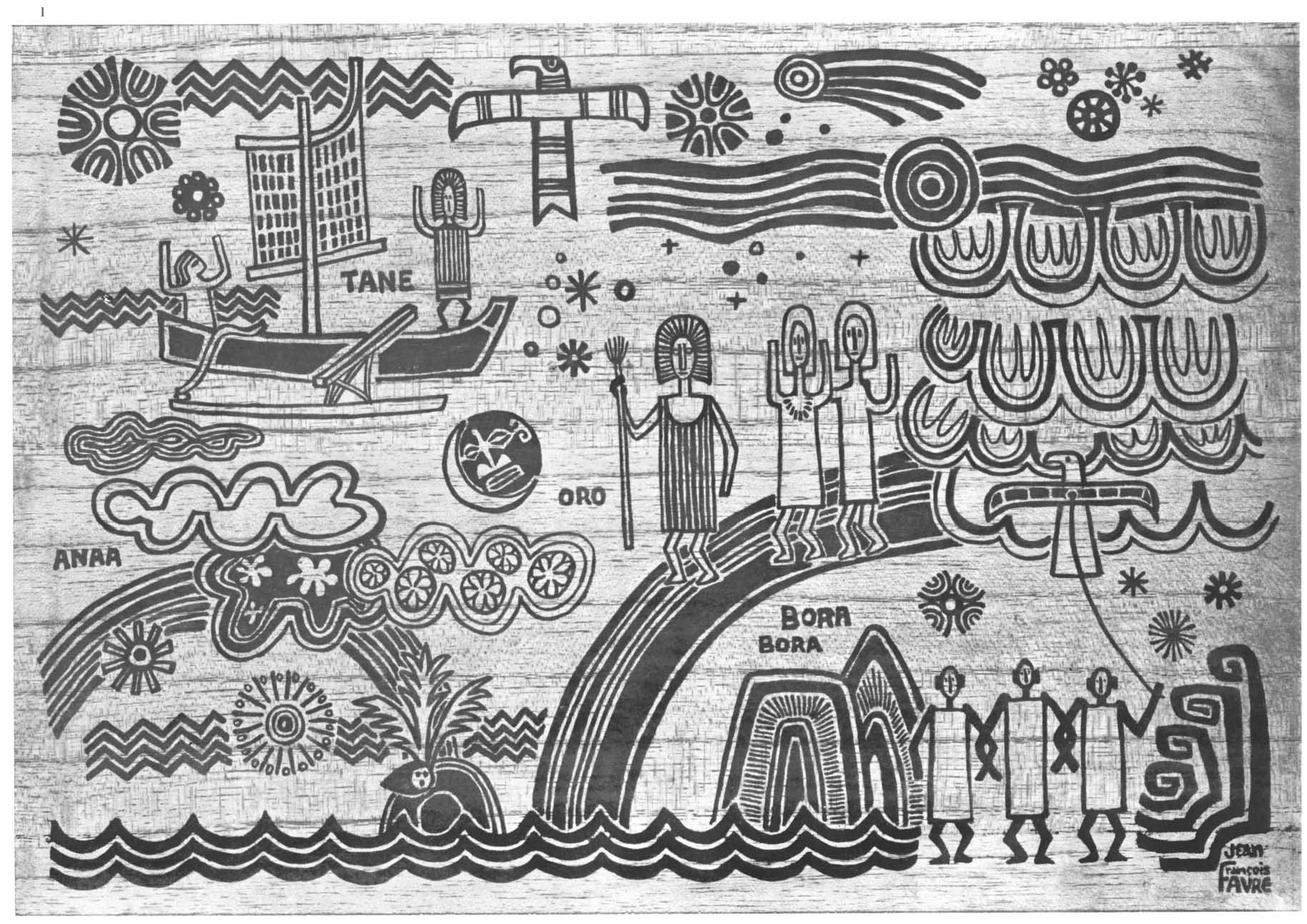Polynesian history and folklore: a cultural richness to discover
Polynesia, this region of the South Pacific, is made up of more than a hundred islands, some of which are famous such as Tahiti or the mysterious Easter Island. Polynesian history and folklore are rich and complex, reflecting the unique and diverse character of the various islands and peoples of the region. In this article, we invite you to discover thehistory and the folklore of the Polynesia, and to explore the most interesting aspects of the polynesian culture Through time.
A history marked by navigation and migrations
The story of the Polynesia begins about 3,000 years ago, with the first migrations of Austronesian peoples from Southeast Asia and later migrations from Fiji, Samoa and Tonga. The Polynesians, outstanding navigators, were able to travel long distances by finding their bearings using the stars and ocean currents.
Over the centuries, these Migrants gradually populated the different islands of the region, developing distinct societies with their own political, social and religious systems. Some islands have had regular contact with their neighbours, thus allowing cultural and commercial exchanges, while others have evolved in quasi-autarky.
Polynesian folklore pantheons and legends
THE polynesian folklore is closely linked to the religious and spiritual beliefs of the islands. Nature and natural elements hold a prominent place in the polynesian culture, and the gods and goddesses of the Polynesian pantheon are often associated with natural phenomena.
Among the most famous deities are:
– Oro, god of war and fertility, venerated mainly in Tahiti ;
– Tangaroa, god of the ocean and fish, present in many islands;
– Tane, god of forests and birds, considered one of the creators of the world;
– Hina, goddess of the Moon and women, who occupies an important place in the myths.
Many stories and legends of polynesian folklore stage the exploits of these deities, as well as other mythical characters such as Maui, demi-god (god of origin) with magical powers and unparalleled ingenuity.
Typical cultural arts and practices
There polynesian culture is rich in diverse artistic traditions, ranging from dance and sculpture to textile arts and music. Among the most characteristic aspects of this culture, we can mention:
– The tattoo Polynesian, whose geometric patterns and symbols tell the personal story of the wearer, as well as their social rank and function in society;
– Traditional dance, such as the ‘ori Tahiti (Tahiti) or the Hawaiian hula, which depict the legends of folklore and historical events;
– Carvings in wood and stone, often representing deities, ancestors or animal totems;
– The music, with typical instruments such as the ukulele, the Polynesian guitar or the traditional percussion called pahu.
Today, some traditions of polynesian folklore are still alive and perpetuated through ceremonies, festivals and cultural events. The transmission of know-how and mythical stories is done from generation to generation, and the Polynesians are proud of their ancestral heritage.
Among the contemporary cultural manifestations highlighting thehistory and the polynesian folklore, we can cite :
– The Heiva i Tahiti, an annual festival dedicated to traditional Polynesian dance, music and sports;
– The Te Moana Nui a Hiva Festival, which celebrates the culture of the Marquesas Islands, with dance performances, singing and craft competitions;
– The Tapati Rapa Nui, on Easter Island, which puts two teams representing two historic clans into competition and allows them to relive local myths and legends through sporting challenges, porter races and dance performances.
French Polynesia is a French overseas territory located in the southern Pacific Ocean, made up of 118 islands and possessing a fascinating culture and history. The inhabitants of French Polynesia, the Mā’ohi, developed a complex society with unique traditions and a rich mythology. One of the famous stories of Polynesian folklore is that of the creation of the world by the god Ta’aroa who, according to legend, fashioned the universe from a giant eggshell. This cosmogony presents similarities with that of the other peoples of Oceania, in particular the great navigators who conquered the “coral sea” aboard traditional canoes called “va’a”. The tattoo, or “tatau”, is another important aspect of Polynesian culture. It is considered a sacred art and was used by ancient Polynesians to express their social status and personal achievements.
The history of French Polynesia is also marked by the arrival of Europeans in the 18th century, who introduced new customs and diseases unknown to Polynesians. British navigator James Cook was one of the first Europeans to visit these paradise islands, establishing trade and cultural relationships that influenced local customs. Subsequently, French Polynesia came under French influence in the 19th century, during which time missionaries played a major role in spreading Christianity to local populations.
Today, we celebrate and perpetuate the rich Polynesian history and culture through many festivals around the world. For example, the Montrejeau-Festival, organized in France, is an annual event that brings together Polynesian artists and musicians to share and promote their folklore and history. This event represents a cultural bridge between these remote islands and the rest of the world, allowing visitors to discover and enjoy the exceptional cultural and heritage heritage of French Polynesia.
In conclusion, Polynesian history and folklore are closely linked to the identity of the peoples of this region of Oceania. Their culture, their legends and their art are transmitted from generation to generation to preserve this unique heritage. Knowing and sharing them wherever you live is an essential act for the conservation and enhancement of this fascinating culture.
In conclusion
I’history and the polynesian folklore form an extremely rich and varied cultural heritage. Myths, legends and the arts of Polynesia offer a fascinating insight into the beliefs, values and talents of the peoples who inhabit these Pacific Islands. Even today, the folklore remains an essential element of the identity polynesian, and contributes to a better understanding of the diversity of this part of the world.


